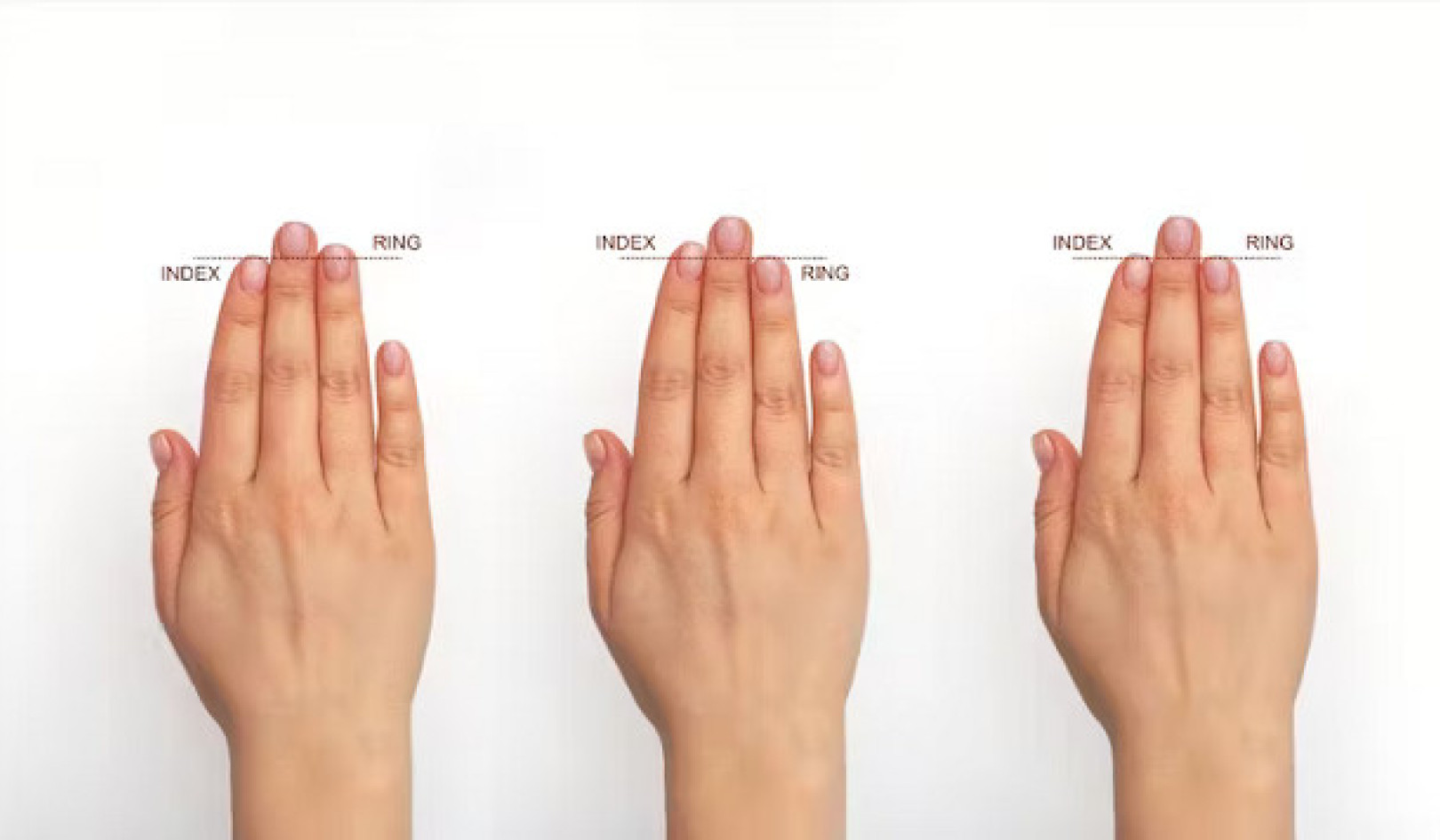
“If you lead a sedentary life you run the same risk for cardiovascular disease as those who smoke a pack of cigarettes a day.” -- Dr. Jim Rippe, former consultant to the US Olympic Team
The amount of exercise you do on a regular basis is one of the most important influences on the state of your health and your ability to fight against disease. Regular exercise improves cardiovascular health, bone and muscle mass, lung capacity and circulation, digestive functions, detoxification, immunity, nervous health including stress relief, and helps prevent premature aging. Last but not least, regular exercise helps control weight.
What Kind of Exercise is the Right Kind?
What kind of exercise is the right kind? It actually varies from person to person, but generally speaking you need to do moderate cardiovascular or aerobic exercise three to four times a week.
This does not mean you have to become a fitness freak, in fact, far from it, because too much exercise will both tax the adrenals and continue to contribute Insulin Resistance. For example, the world’s top athletes may be extremely fit but often the intensity and duration of their training is in the long term damaging for their health.
So What Is Moderate Exercise?
Moderate exercise refers to both intensity and duration of what you do. For example, 25 to 40 minutes of cardiovascular exercise at an intensity that causes you to breathe heavily but not gasp for air is moderate. If you are unfit then it won’t take a lot to exercise at this level, but as you get more physically fit, you will be able to do more.
Using a heart rate monitor can be very helpful to show you how much you are exerting yourself when you exercise. Generally speaking, you should aim to keep your heart pumping at a rate of 75 percent of your maximum heart rate. To determine this, subtract your age from 220 and multiply by 0.75. For example, a 50-year-old’s maximum heart rate is 170 with an optimum exercise rate of 127.
What Time of Day Should I Exercise?
The best time to exercise is a couple of hours after eating. If you exercise first thing in the morning on an empty stomach, make sure you eat a banana 20 minutes beforehand, and ensure that you also eat afterward to replenish your muscles’ energy stores.
Avoid exercising late in the evening, particularly if you suffer from insomnia, because this can raise cortisol levels at night, when ideally they should be at their lowest. However, if this is your only opportunity to exercise ensure you exercise gently to moderately to prevent cortisol from being raised for too long afterward.
Raised cortisol at night can interfere with sleep and your body’s ability to recover on every level. For the same reason, if you can exercise in daylight it’s even better because full spectrum light plays an important role in maintaining the daily rhythm of adrenal hormones.
Exercise and Oxidative Stress
While excess exercise causes excess oxidative stress, moderate exercise actually encourages the body to produce more antioxidant enzymes, so that the net effect of moderate exercise is antioxidative. Antioxidants counter the effects of unstable oxygen molecules, or “free radicals,” which can damage cells in our bodies. This is another piece of evidence to support moderate exercise over too little or too much.
The best type of exercise you can do involves a balance between warming up and down, stretching, resistance work, and cardiovascular exercise. You don’t have to do all four in one session — though warming up and down are always recommended — and you can spread them out over the week.
Stretching: Excellent to Counter Adrenal Stress
Stretching exercise does not just include simple flexibility work, but also other forms of exercise such as yoga, tai chi, chi kung, and Pilates. Stretching helps to focus and relax your mind, so is an excellent form of exercise to counter adrenal stress.
You should aim to stretch for at least 5 minutes before and after any cardiovascular or resistance work. If you are doing yoga, tai chi, Pilates, or other similar forms of stretching exercise, then your session should last between 45 and 90 minutes.
Cardiovascular or Aerobic Exercise
 Cardiovascular exercise is also known as aerobic exercise. It is the sort of continuous exercise that makes you huff and puff and perspire. It can also release endorphins and thereby improve mood. It raises your metabolic rate, and improves muscle and heart tone, but does not necessarily increase muscle mass. Any gains in muscle tone that do occur are seen in the early months of training.
Cardiovascular exercise is also known as aerobic exercise. It is the sort of continuous exercise that makes you huff and puff and perspire. It can also release endorphins and thereby improve mood. It raises your metabolic rate, and improves muscle and heart tone, but does not necessarily increase muscle mass. Any gains in muscle tone that do occur are seen in the early months of training.
Examples of cardiovascular exercise include cycling, running, swimming, crosstraining, ski track, crosscountry skiing, roller blading, aerobics, or playing a sport.
Resistance Training, aka Weight or Muscle Training
Resistance training, also known as weight or muscle training, forces your muscles to adapt to the challenges placed on them and as a result they become stronger.
The easiest way to do resistance training is at a gym but you can do some exercises at home such as squats, pressups and situps — you may find video or DVD fitness workouts helpful. However, if you are in any doubt about how to do these exercises properly, seek advice from your local gym first. For maximum benefit from resistance training, start by working your largest muscle groups first, such as the leg muscles, chest, and back, and then move on to smaller groups such as the biceps, triceps, and deltoids.
Exercise and the Adrenals
Regardless of your adrenal status, remember to exercise moderately (i.e. at 75 percent of your maximum heart rate) or, in the case of resistance training, only aim to lift each weight or do each exercise 12 to 15 times. Don’t push yourself to the point where you feel you can’t possibly do another!
Caution: If you have been sedentary for some time, it is always worth seeking the advice of a trainer or physiotherapist before you start. They will able to advise you about an exercise plan suitable for your degree of physical fitness.
©2004, 2012 by Antony Haynes. All rights reserved.
Reprinted with permission of the publisher, Conari Press,
an imprint of Red Wheel/Weiser, LLC. www.redwheelweiser.com.
This article was adapted with permission from the book:
The Insulin Resistance Factor: A Nutritionist's Plan for Reversing the Effects of Syndrome X -- by Antony J. Haynes.
 Insulin resistance, commonly known as Syndrome X, affects a staggering 1 in 5 people. It is characterized by the over-production of insulin and is the underlying cause of many serious health problems including heart disease, type II diabetes, obesity, high blood pressure, and deep vein thrombosis. The Insulin Resistance Factor offers a unique nutritional plan to reverse the effects of insulin resistance through diet, exercise, and nutritional supplements.
Insulin resistance, commonly known as Syndrome X, affects a staggering 1 in 5 people. It is characterized by the over-production of insulin and is the underlying cause of many serious health problems including heart disease, type II diabetes, obesity, high blood pressure, and deep vein thrombosis. The Insulin Resistance Factor offers a unique nutritional plan to reverse the effects of insulin resistance through diet, exercise, and nutritional supplements.
Click here for more info or to order this book.
About the Author
 Antony J. Haynes is one of the most experienced and knowledgeable nutritionists in Great Britain. He is the director of the highly acclaimed Nutrition Clinic in Harley Street, London, and has taught Advanced Nutrition courses and workshops for the last ten years. He is the author of The Food Intolerance Bible. Learn more about him and Insulin Resistance at www.insulinfactor.co.uk
Antony J. Haynes is one of the most experienced and knowledgeable nutritionists in Great Britain. He is the director of the highly acclaimed Nutrition Clinic in Harley Street, London, and has taught Advanced Nutrition courses and workshops for the last ten years. He is the author of The Food Intolerance Bible. Learn more about him and Insulin Resistance at www.insulinfactor.co.uk























